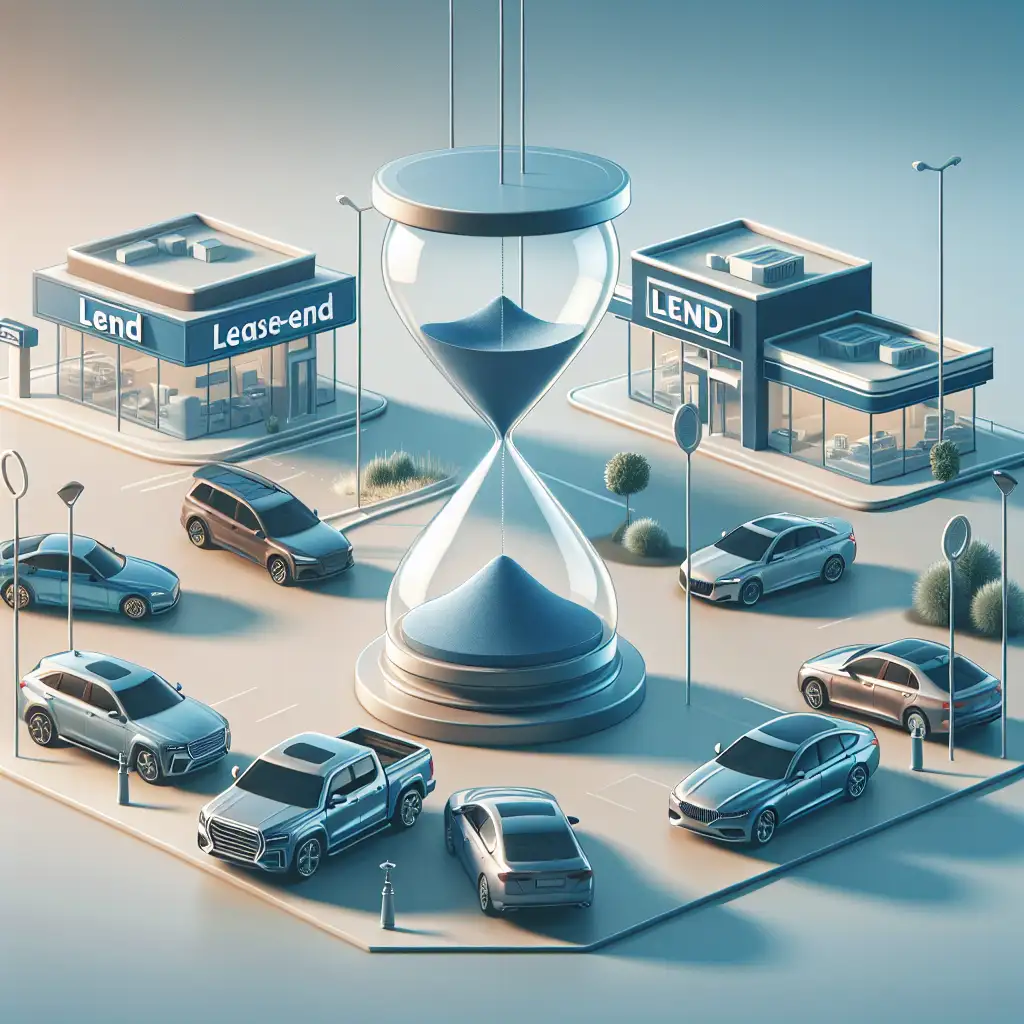Lease-End Options: What to Do When Your Lease Expires
Explore your choices when your car lease ends, including buying, trading in, or returning your vehicle.

As your car lease nears its end, you might be wondering what your next steps should be. Understanding your lease-end options can help you make a decision that best suits your financial situation and driving needs.
Understanding Lease-End Options
When your car lease expires, you typically have three main options: buying the car, trading it in for a new lease, or simply returning it. Each option has its own set of advantages and considerations.
Option 1: Buying the Leased Car
One of the most straightforward options is to purchase the car you've been leasing. This is known as a lease buyout. Here are some factors to consider:
- Residual Value: This is the car's estimated value at the end of the lease. If the market value of the car is higher than the residual value, buying the car could be a good deal.
- Condition of the Car: If you've taken good care of the car and it's in excellent condition, buying it might be a wise choice.
- Financing Options: Check with your leasing company or bank for financing options if you decide to buy the car.
Buying the car can be a great option if you love the vehicle and want to avoid the hassle of shopping for a new one.
Option 2: Trading In for a New Lease
If you enjoy driving a new car every few years, trading in your leased vehicle for a new lease might be appealing. Here's what to consider:
- New Lease Terms: Review the terms of the new lease, including monthly payments, mileage limits, and any upfront costs.
- Incentives: Some dealerships offer incentives for returning customers, such as reduced fees or better lease terms.
- Vehicle Needs: Consider if your vehicle needs have changed. Perhaps you need a larger car or a more fuel-efficient model.
Trading in for a new lease allows you to drive a new car with the latest features and technology.
Option 3: Returning the Leased Car
Returning the car to the dealership is the simplest option if you don't want to buy or lease another vehicle. Keep in mind:
- Inspection: The dealership will inspect the car for any damage beyond normal wear and tear. You may be charged for excessive damage.
- Mileage: Ensure you haven't exceeded the mileage limit, as this can result in additional fees.
- Fees: Be aware of any disposition fees, which are charges for returning the car.
Returning the car is a hassle-free way to end your lease, especially if you're not ready to commit to another vehicle.
Additional Considerations
Before making a decision, consider the following:
- Market Conditions: The current market conditions can affect the value of your leased car and the terms of a new lease.
- Personal Financial Situation: Assess your financial situation to determine which option is most affordable for you.
- Future Plans: Consider your future plans, such as moving or changing jobs, which might affect your vehicle needs.
Conclusion
Deciding what to do at the end of your car lease can be a significant decision. By understanding your options and considering your personal circumstances, you can make a choice that aligns with your lifestyle and financial goals. Whether you choose to buy, trade in, or return your leased car, being informed will help you navigate the process smoothly.
 CarChooser
CarChooser